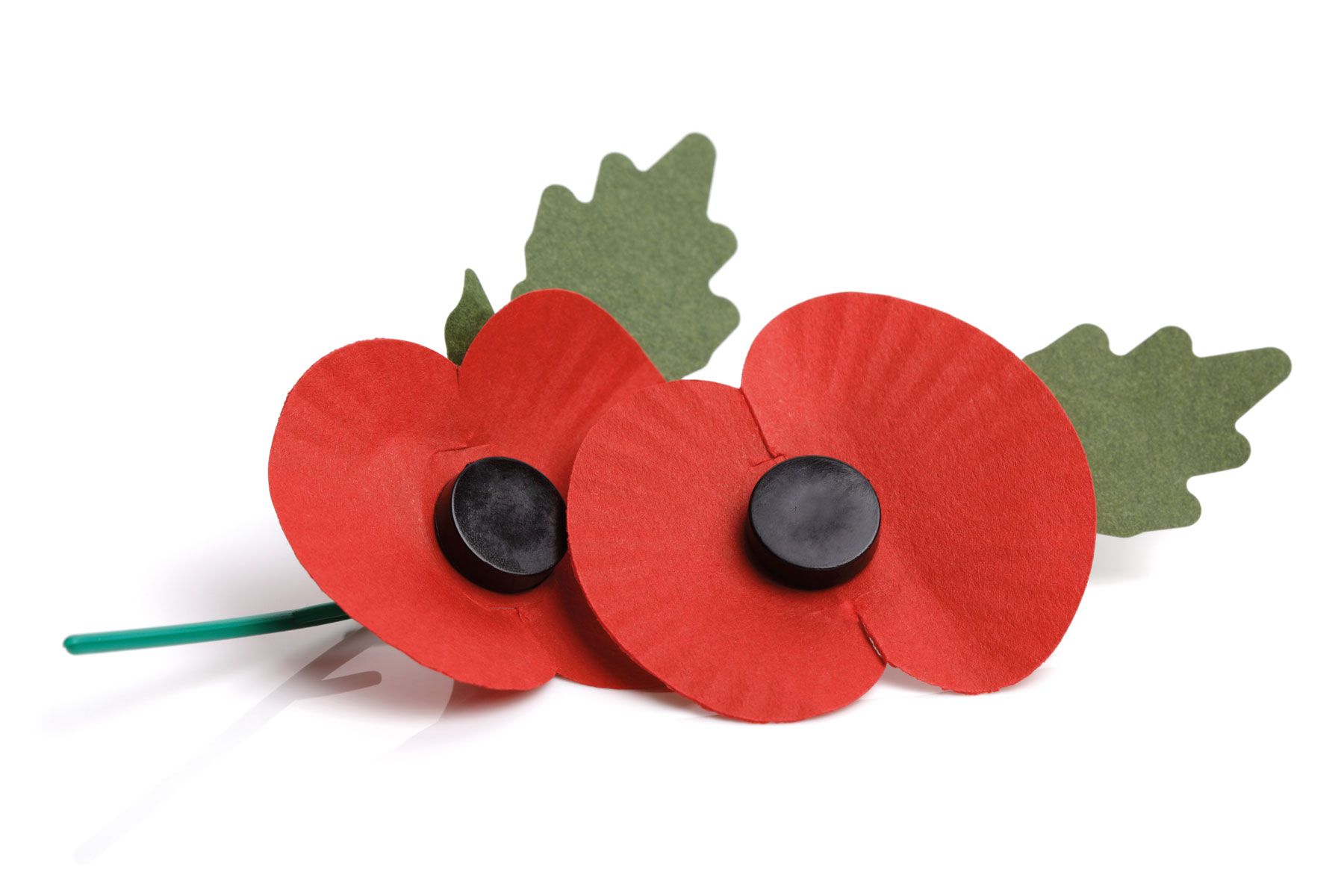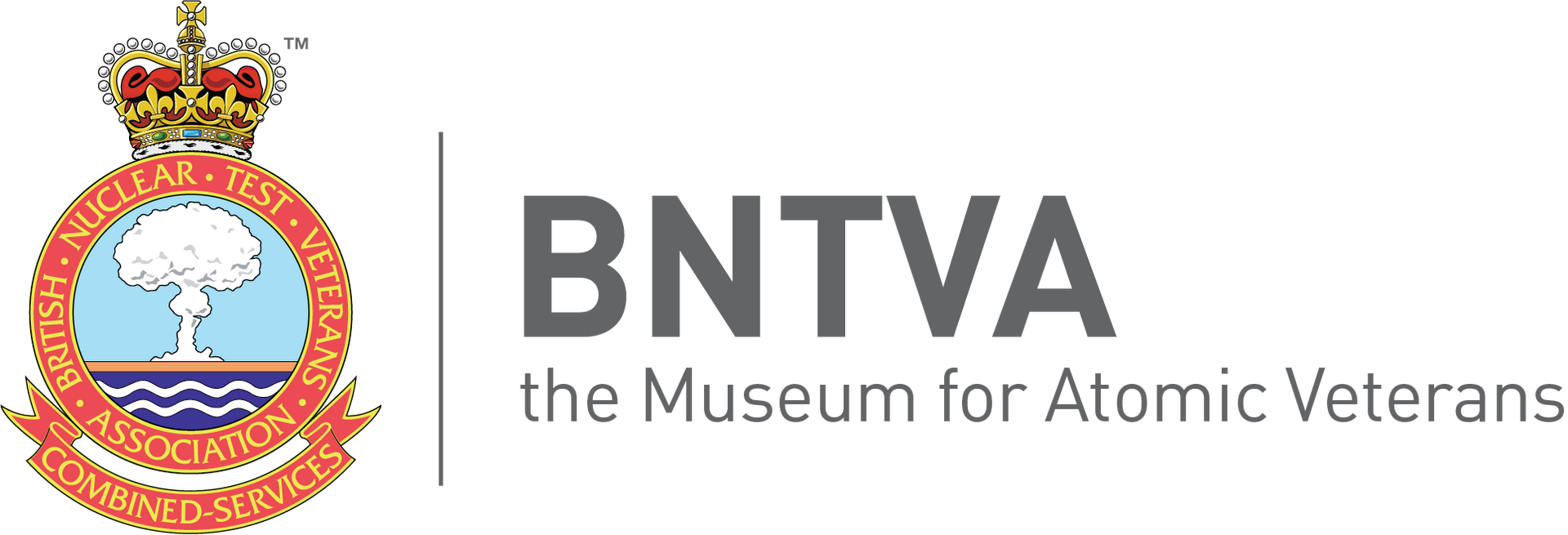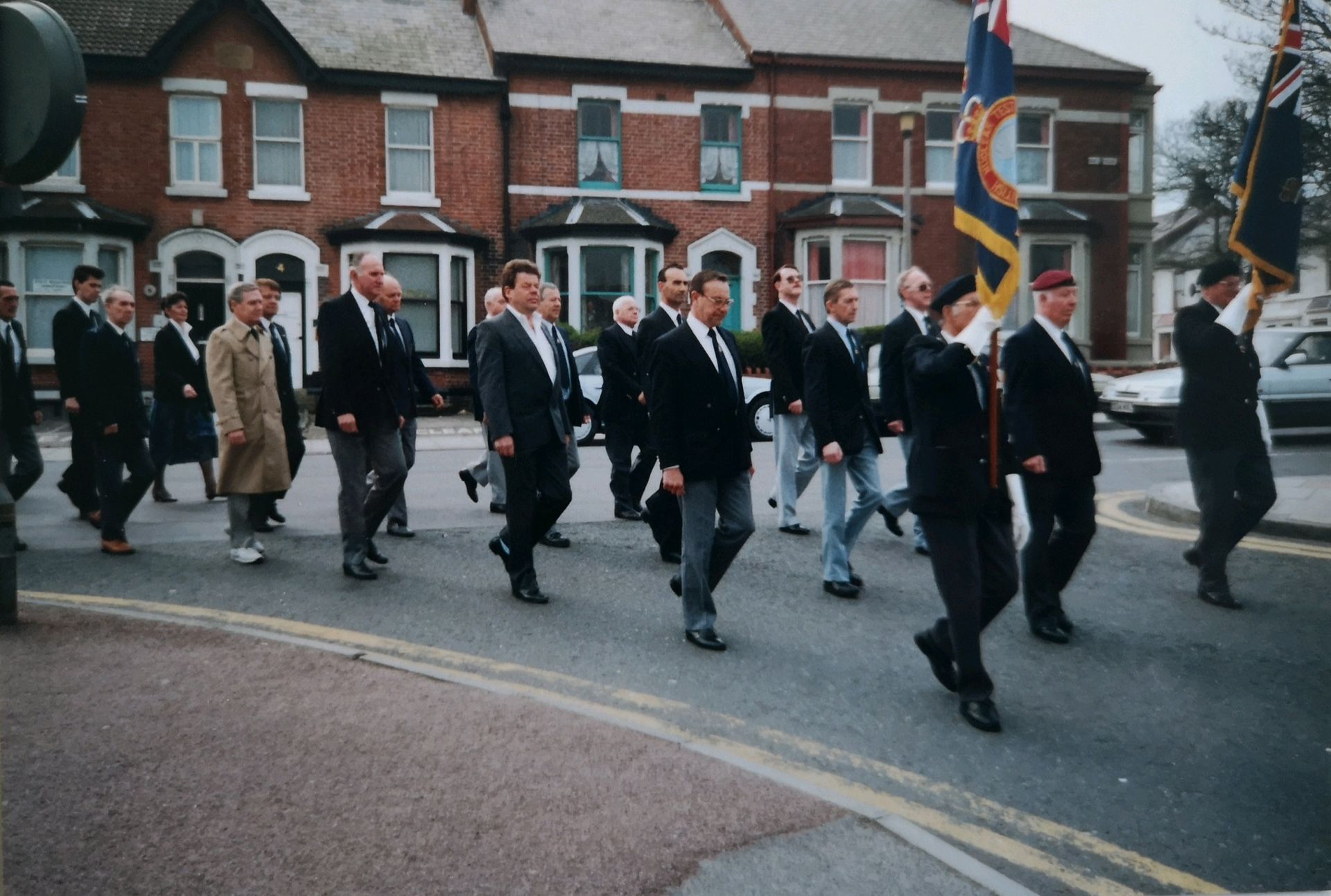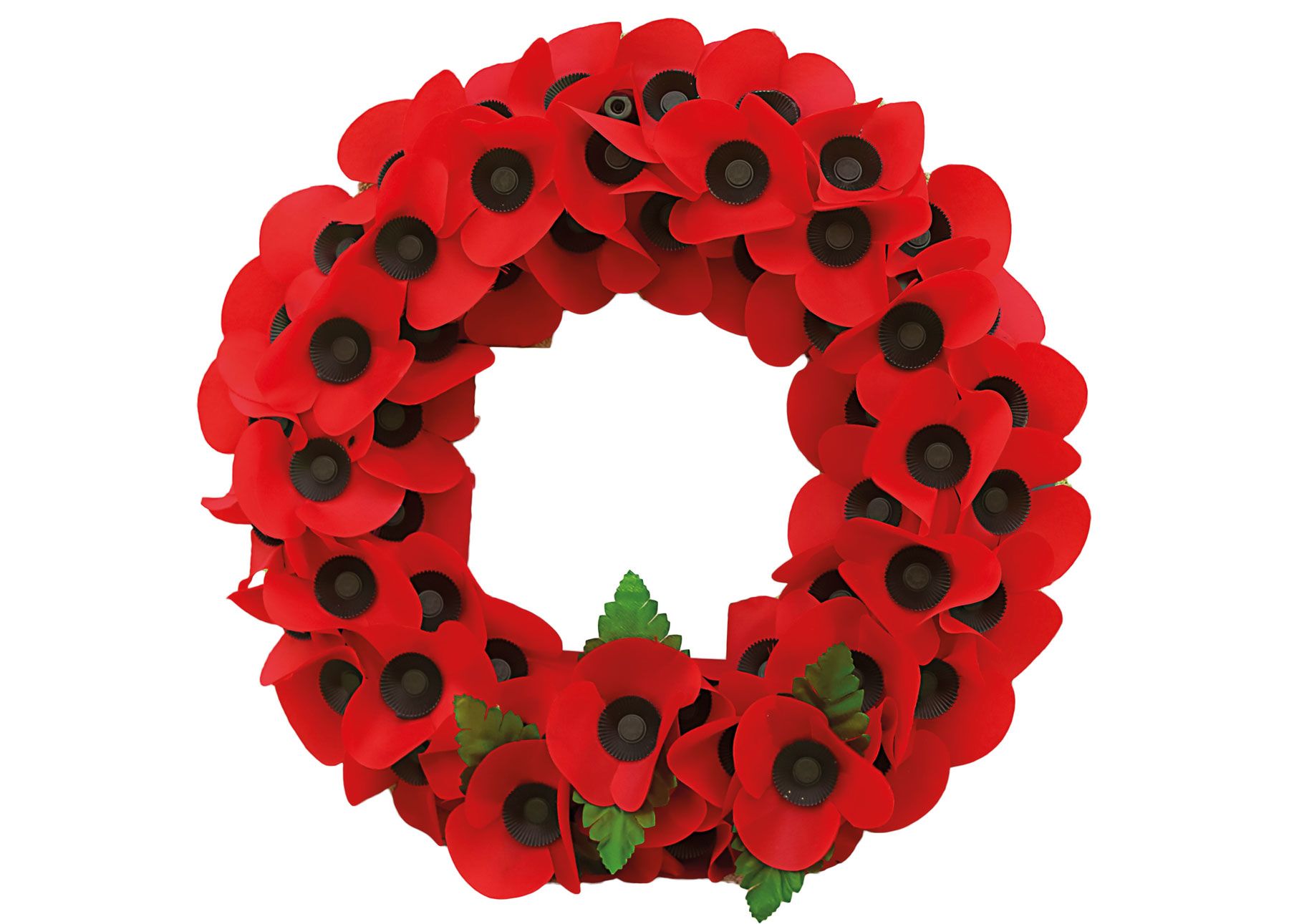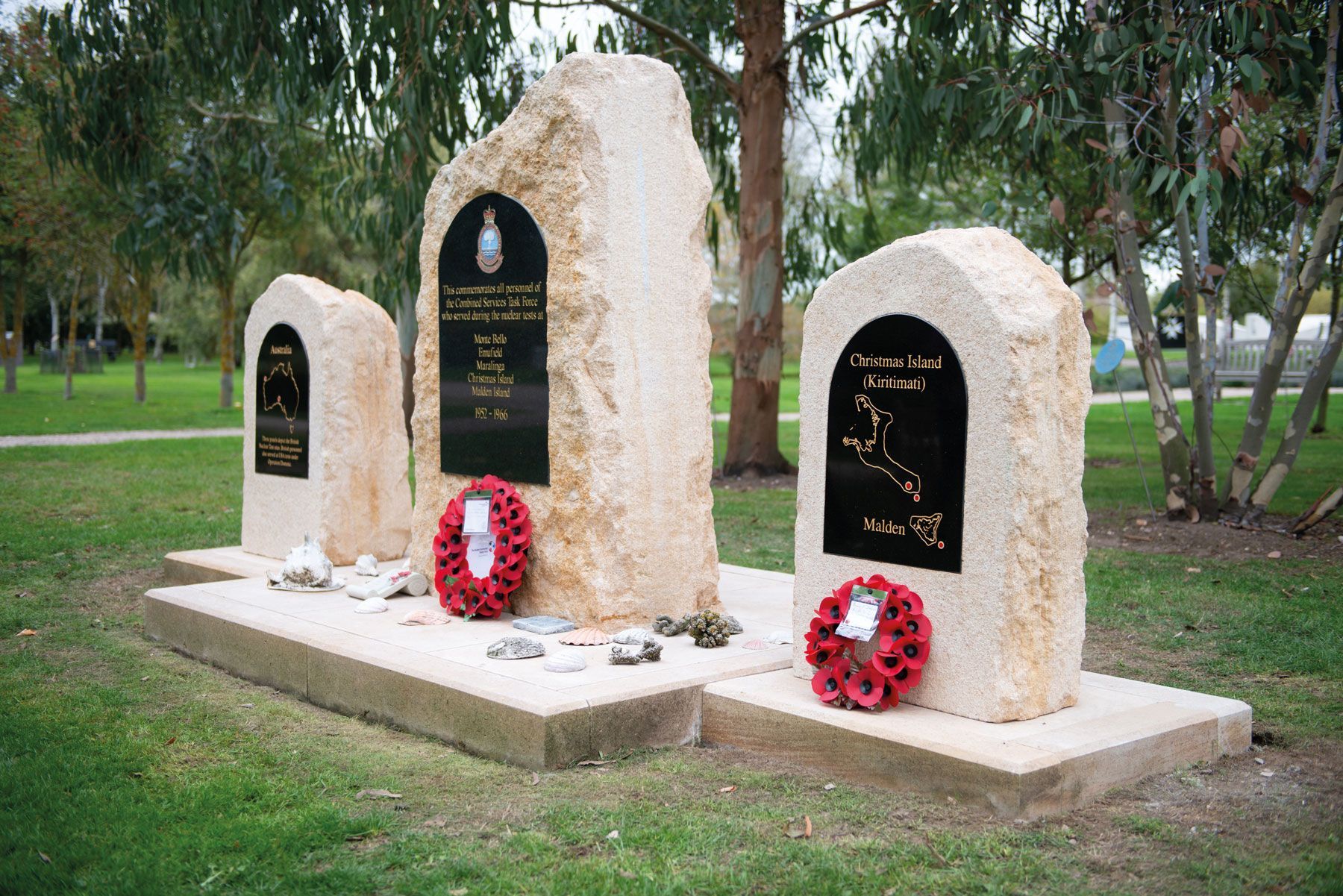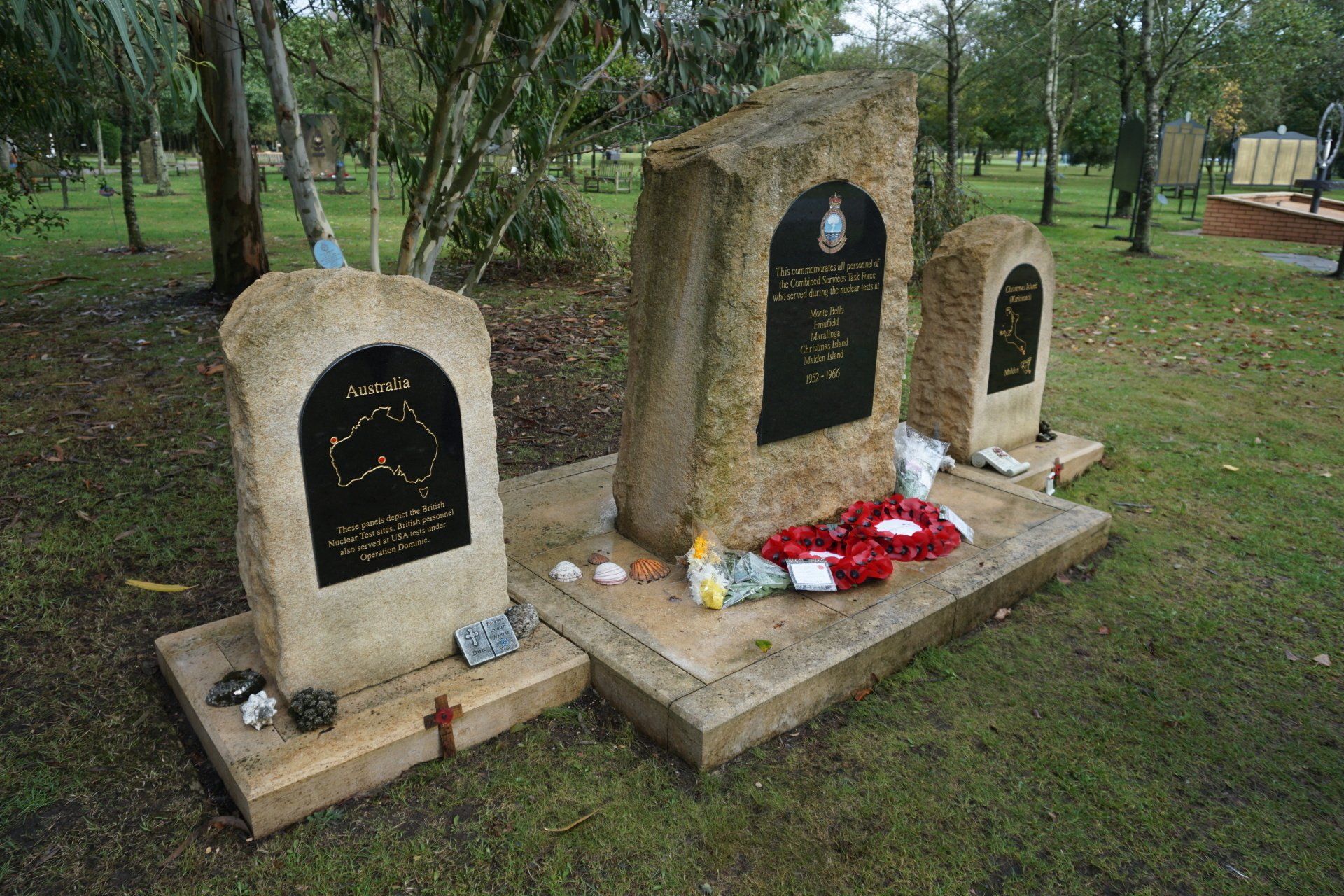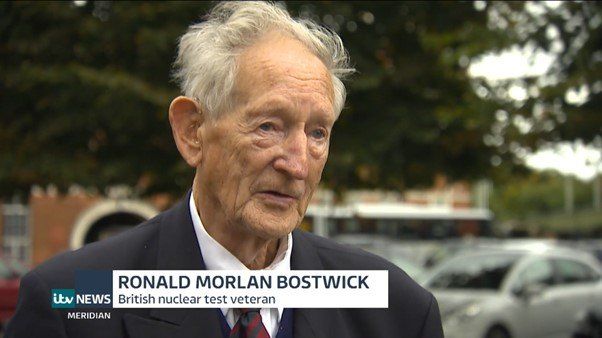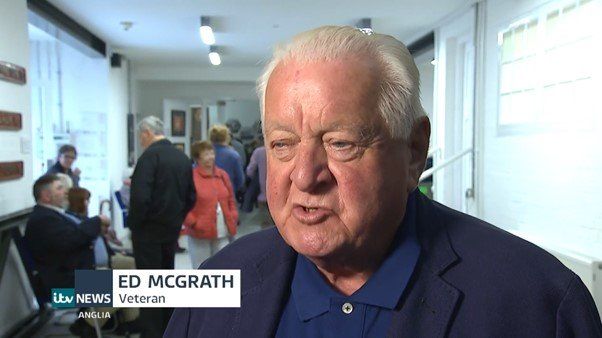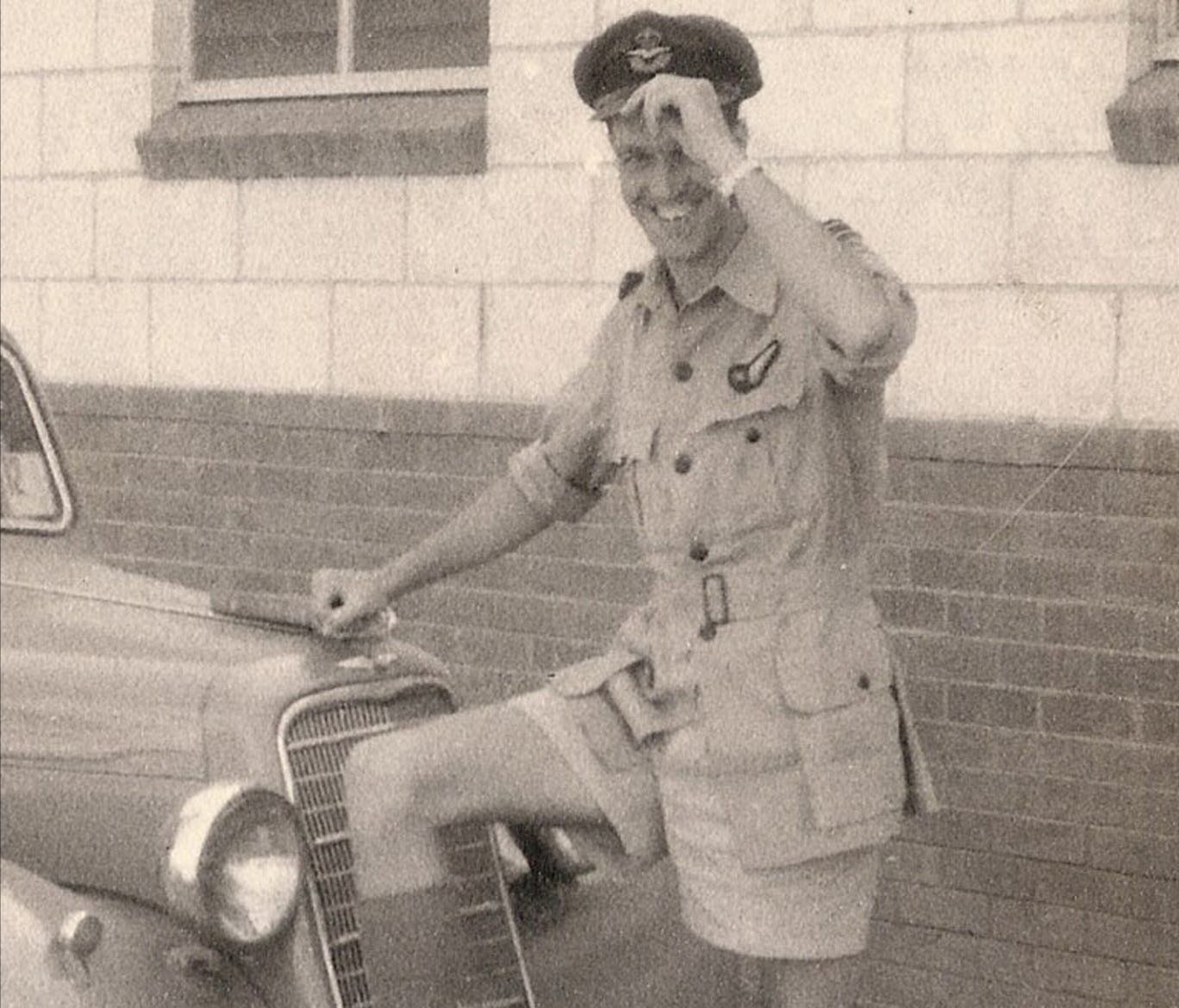The Results are in - Findings of the Fourth and Final Government Study
An initial look at the long-awaited data
After years of collation by the Office of National Statistics, health records and death certificates, the fourth and final government study into cancer incidence and mortality rates for the 21,357 servicemen and male civilians who participated at atmospheric tests and clean ups at the Montebello Islands, Australia and Christmas Island (including the US Operation Dominic series) from 1952-1967 has at long last been published. This was published a little sooner than the study team expected, taking a few people by surprise. Journal of Radiological Protection - IOPscience
Over the past few months, the BNTVA has been in dialogue with Dr Richard Haylock, Study Author, along with Michael Gillies, and Group Leader of Radiation Epidemiology at the now-named UK Health Security Agency (previously Public Health England). I am pleased to say that the BNTVA has successfully influenced the harnessing of some of the analysis and results. As the paper was released yesterday morning, Richard wrote to me,
"I know you sent me a list of questions a while ago. It was fortuitous in a way that you sent them when you did as we were able to add some extra results to the paper to address several of them. We will now take another look at them and try to provide answers – based on the published paper."
The government website, which is awaiting an update concerning the Fourth Study, sets the context,
"The third NRPB study published in 2003 followed the groups to the end of 1998 when cause of death was established for 23% of participants and controls. Interest in the health of nuclear test veterans has continued and in 2017/18 the Public Health England (PHE) review of study information found that about 55% of those present at the tests had now died, meaning that the statistical power of any further study to detect differences in the mortality of cancer incidence and mortality would be greatly increased. The Fourth study, commissioned in 2018, will extend the analysis by a further almost 20 years, again considering overall mortality and cancer incidence and mortality and comparing Veterans present at the tests with a control group of age and sex matched Veterans serving at the same time but who were not Nuclear Test Veterans, and also with the UK general population. It will also consider variations in risk in the groups with time."
As the paper explains, the average age of Britain's nuclear test veterans is 85 years old at 31 December 2022 and mortality rates are actually below the general population at this time. Please note that I am not saying that the mortality rate is actually less than the general population at the times of previous studies or over the whole study since 1983, as thousands of us have lost our fathers or husbands far too early in life due to acute and chronic illnesses.
On first observation, we see two major factors - overall cancer mortality was 3% higher for the nuclear test participants than the control group, and 2% higher for non-cancer diseases (which haven't previously been recorded within the first three studies). The accompanying notes from the UKHSA state,
"Variation in background characteristics, such as smoking habits, between the groups are a possible explanation for this slight difference but a small impact of test participation cannot be ruled out."
What is not known though is the number of control group National Servicemen, when figures on conscription were available for the nuclear test veterans.
There is evidence of slightly higher rates of specific cancers for the nuclear test veterans than for the controls (despite not ruling out that the control group may have been exposed to depleted uranium in their line of military service around the same time as the nuclear test veterans). These cancers include non-chronic lymphoid leukaemia (non-CLL), stomach (of which my own father died aged 64 in 1999), bladder, prostate and respiratory organs, pleural, buccal (cheeks) and pharynx, although taking factors into consideration, these results aren't significant within the whole study.
However, what is note-worthy is the data for the sub-groups, as prostate and brain cancers show elevated levels, particularly prostate for the HMS Diana crew who were ordered to sail through the radiative plumes of G1 and G2 in May and June 1956 at Operation Mosaic. I am sure that debate will continue about the pattern of results in the sub-groups through health monitoring and better diagnosis. The BNTVA is not aware that these men were monitored as a specific group as Captain John Gower had complained about the lack of physical and psychological monitoring of his crew after the nuclear tests in his article in the "The Pierhead Review."
For the lay person, and as an avid lover of statistics, I will explain... quantitative statistical significance is achieved when 'p' is smaller than 0.05. This is the time when researchers jump up and down saying that the data is really talking. So, p=0.01 is the result for non-CLL incidence. Risk for chronic myeloid leukaemia (CML) is raised since the third study for the nuclear test participants where p=0.007. The explanation continues,
"Taken overall, the current analysis indicates that the possibility that test participation has caused a small increased risk of non-CLL cannot be ruled out and that, whilst the evidence for any risk appears to have been the greatest in the early years after the tests, a small risk might have persisted in more recent years, this long-term risk being particularly evident for CML. It is worth noting that CML is a rare disease with only 32 instances observed among the participants and 14 among the controls during the whole study and of which 21 and 8, for the participants and controls respectively, occurred in the latest follow-up period."
Compared to the first study in 1983, it seems that over time the risk of multiple myeloma reduced for the test participants. I wouldn't go as far as the author to state that "the raised risk in the first analysis was likely to have been a chance finding." This is strange however, as a member of my family passed away from this disease in his thirties. On numerous occasions, we had been told that this cancer presents from aged 60 onwards and it is extremely rare in younger males Multiple Myeloma: Diagnosis and Treatment - PubMed (nih.gov).
The lack of smoking data in this study has certainly clouded the analysis concerning lung cancer, ischaemic heart disease and COPD (a collection of diseases including bronchitis, emphysema and chronic obstructive pulmonary disease) and this is unfortunate to clearly see any possible correlations in the study. Weighing up the listed cancers, there are fluctuations compared to the control group throughout time, but nothing remarkable jumps out of this data.
I wanted to know more about the range of causes of death that would be included in the study, so contacted Dr Richard Haylock to see if the BNTVA could impact this by asking questions that could be answered within the data. Richard was very open to discussion and eager to pursue my requests. I requested the following and am still awaiting some results in addition to the published paper:
- The number of nuclear test veteran deaths within 10 years of return from the tests and in subsequent decades compared to the control group?
- How many NTVs were National Servicemen, officers and non-commissioned officers by service?
- The suicide/intentional self-harm figures by serviceman's position at test location and specific test by year over the first 10 years after return from the tests and then over each five year period compared to the control group.
- The intentional self harm figures by ICD classification and by specific cause of death compared to the control group.
- The standard mortality ratio compared to the control group.
- Overall comparison of other categories of diseases compared to the control group.
- The cancer incidence rate compared to the control group.
- The list of cancers that are included in the study and the number of NTVs with each cancer (I know some may overlap) compared with the control group.
- The rate of cancer incidence by individual test position at each test location by test.
- Inhalation dosage by badge reading measurement.
- Any information on isotope ingestion of NTVs compared to the control group.
- Information on endocrine deaths and by classification code breakdown by specific condition compared to the control group.
- Information on NTVs killed as a result of accidents compared to the control group.
- Cause of death and number of NTVs killed or died at the nuclear tests by test and service.
- Deaths caused by classification codes under brain injury specifications S06 to S09 compared to the control group.
- Deaths caused under specific COPD classification breakdowns compared to the control group.
- Deaths by parasitic diseases compared to the control group by decade.
- Deaths by respiratory failure with an immediate respiratory cause but an underlying degenerative condition (such as Parkinson’s disease) under diseases of the nervous system compared with the control group.
- Deaths by diseases of the digestive system and breakdown compared to the control group.
- Deaths by pneumoconiosis due to asbestos and other mineral fibres compared to the control group.
- Breakdown of deaths by cerebrovascular/circulatory causes by condition compared to the control group.
- Breakdown of deaths by radiation sickness (T66) compared to the control group?
Cerebrovascular diseases include diseases that affect blood flow to the brain, with the major condition being stroke. This set of diseases also include aneurysms, thrombosis, stenosis and embolism - clots, blockages, narrowings' and ruptures in blood flow. Questions arise surrounding these diseases, and my initial guess would be a mixture of biopsychosocial variables instigated by service experiences, but I could not prove this necessarily. Any view of this would need to be examined on a case by case basis. The study conclusion states,
"For the first time, there was some evidence that participants had higher mortality rates from cerebrovascular diseases than did the controls and this was particularly clear in the additional follow-up period. It may be significant that for both CML and cerebrovascular diseases, associations have been observed between long-term disease rates and chronic low-doses of radiation in large pooled nuclear workers studies."
We established with Public Health England last year that there was a very high level of intentional self-harm, accidents and violence which resulted in death within the nuclear test veteran cohort compared to the control group in the early years after the men returned from the tests. For instance, the following reveals statistical significance for nuclear test veterans:
- Accidents and violence - NTVs - p=0.013 compared to the control group p=0.241.
- Accidents - NTVs - p=0.016 compared to the control group p=0.115.
Richard wrote,
"We have examined a specific category of deaths which we call intentional self-harm -.as defined by the international classification of diseases (ICD9 : 950-959 and ICD10: X60-X84, Y87.0)."
One tragic nugget that the BNTVA is pleased to see included is p=0.005 compared to the control group of p=0.116 under "intentional self-harm." Unfortunately, this significant statistic is made up of suicide by a variety of means as per the classification codes (however we would not necessarily know about drug dependent prescription-abuse unless this was an outright cause of death and discovered by a post mortem examination). This is chilling in a cohort of men who had participated in "testing" by one's own side; unfortunately, due to the data set we are unable to see who was involved in military operations and combat in addition to the testing within these figures. The question is therefore raised as to why so many participants in the nuclear tests took their own lives and that we look at this as an extreme end to a sad scale - how many men have or are suffering with conditions such as depressive disorders or the inability to cope over the years but have not taken their own life? Only ten days ago, we heard from a suicidal nuclear test veteran, who we have assisted and signposted to their primary care provider.
This would fit with a snapshot of a letter our Curator, Wesley, has in his possession. Note that these words are written by a nuclear test veteran from Operation Hurricane in 1952 to his wife prior to the test rehearsal. To set the context, at this point, the Commonwealth had never previously tested an atomic bomb, and the only film of bomb testing that this veteran would have been aware of would have been the devastation of Hiroshima and Nagasaki.
The veteran writes,
"We had another new lunatic case today, also an acute appendicitis, making the roll up to 3 attempted suicides, 6 appendicitis cases and 10 lunatic cases, by that my love you can just about guess what it is like here."
As an aside, I've never known of contagious appendicitis, so what were these poor guys suffering from at the time? This opens a massive ethical void concerning the nuclear testing, and what the study data is drawn out from - the personal experiences and health journeys of those who participated in witnessing and feeling these blasts through the very fabric of their being. The argument shouldn't be solely about radioactive exposure and cancer incidence but far more than this - the moral injury and breach of every ethical boundary that these men encountered.
I had a lively discussion with a medical ethicist/toxicologist yesterday who reinforced the moral injury that these men encountered; his own father had taken part in the cure for the common cold, ie., sarin, at Porton Down whilst serving in the RAF and is suffering an undiagnosed neurological injury. Moral injury is similar in nature to PTSD but is a life-changing event that influences the way that one views the world due to betrayal by an authority.
My own father didn't say a word about the tests until 1986 due to his signing of the Official Secrets' Act. What I have found on looking at his service records is that on his return to the UK in 1957 after Operations Buffalo, Antler and preparation for Grapple, he constantly went to the RAF Medical Officer to tell him he thought he had cancer. No visits of this nature are noted in his records before his time at the atomic trials in Australia. He is just one of the figures above, and I know that there is regret for many including attributing these tests in destroying family, relationships and lives. I frequently attend funerals of nuclear test veterans where life-long PTSD subsequent to the atmospheric tests is mentioned concerning the deceased - from national servicemen to Naval Commanders and Squadron Leaders.
The mere thought that men blame their infertility on the testing, even in their eighties, that experiencing their own diseases or those of their descendants, brings back constant thoughts and rumination of these atmospheric trials they endured to gain the nuclear deterrent for the Commonwealth. Something is dreadfully wrong, and moral injury seeps through the cracks of this quantitative study seventy years after the first atomic test off North West Australia. The BNTVA will place a qualitative emphasis to the Ministry of Defence to complement this study, with an emphasis of the moral injury endured en masse by veterans, wives, widows and descendants, and the welfare issues that constantly occur due to this atmospheric testing these six to seven decades ago.
The data in this study is extremely useful for the BNTVA in helping individual veterans and their widows pursue war pensions. Specifically, as Richard had related to me in October,
"Dose monitoring records were available for 23% of the participants, of whom 64% had zero recorded dose."
It is clear that dosage and situation do not correlate to types of cancer or incidence, and this would make sense in context of scientific evidence the BNTVA included in the 2021 medal application. Clinical changes are recorded with a very small dose of radiation, and an accumulative level builds up in the body rather than dissipates. The film badges that the MOD has relied on are not fit for purpose, particularly at Christmas Island. The humidity which increased the yield and wield of the thermonuclear bombs due to the Wilson Cloud (Chamber) effect, wore off the emulsive layer of the badges. This phenomenon was known at Bikini Atoll in 1946. OPERATION CROSSROADS BOMB TESTS - 1946 (radiochemistry.org). In fact, on representation of a nuclear test veteran at the request of an Adjournment at Fox Court last week, the Judge asked me about his film badge reading. I was desperately hoping this paper would be published before his next hearing so I can boldly state that he was never issued with a film badge, along with thousands of other men.
